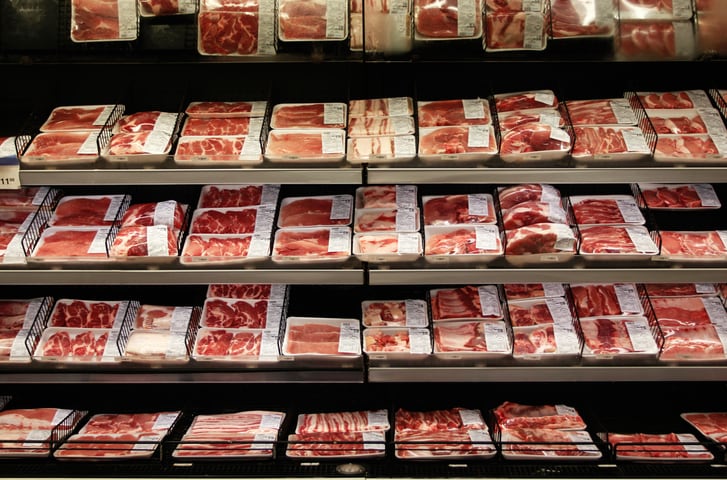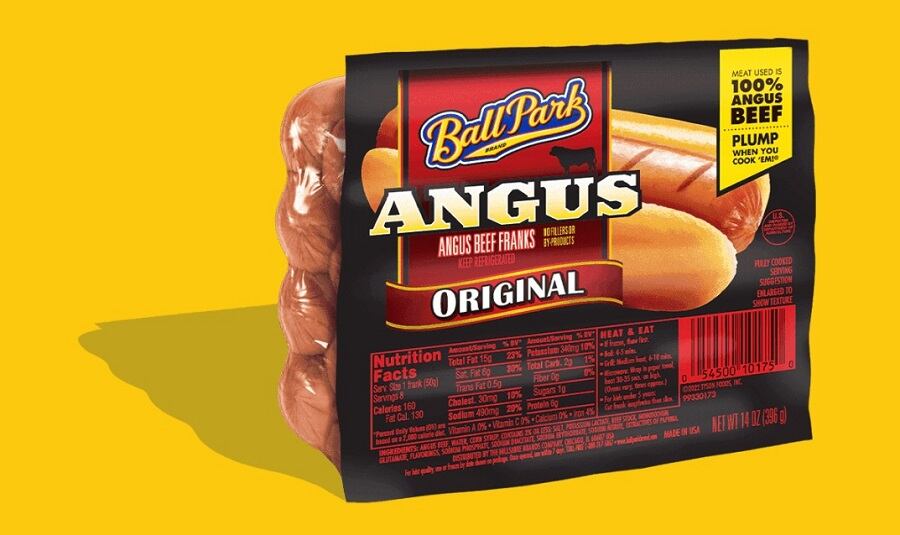“As we think about barbecue season, we've been through a long period of uncertainty, a long period of chaos. I do think that consumers can take heart in the fact that things are continuing to stabilize,” Zimmerman “There's some light at the end of the tunnel ... As I think about what the future looks like and if we can not only see some moderation in some of these wild prices, but even some declines, that'll be a net benefit to the consumer.”
Breaking down what a July 4th cookout will cost
While inflation has come down in several product categories grocery, prices associated with a July 4th cookout are historically higher. In its 2023 BBQ index, Rabobank found that a 10-person cookout will cost $97 on average, up from $73 in 2018.
“What we have to realize is it always takes time for those higher costs to break down to start trending lower and then ultimately for them to reach the consumer. Because it doesn't always happen in equal measure; it doesn't always happen in equal time. And so, I do think as you look across the grocery basket, we are seeing some things become cheaper as we look at the animal protein space in particular.”
Among some of the items with the largest increases in prices, soda was at 53%, white bread at 51%, potato chips at 46%, and lettuce at 29%, while in the meat department, chicken prices jumped by 37%, and ground beef by 25% for the same four-year period. And while meats saw some of the lowest price gains during the four-year period, they accounted for larger percentages of the total July 4th food bill. Beef ingredients cost $1.34 per person or 14% of the total bill, and chicken ingredients cost $1.07 per person or 11% of the total bill.
Supply chain issues also still are impacting several key Independence Day food categories. For instance, “the sugar market has been sharply higher ... due to global supply challenges,” which is driving up soda prices, Zimmerman said. And for bread and chip categories, wheat crops have been faced with “drought and weather-related stress” in Kansas and Texas, and the global market is challenged by the war in Ukraine, he said.
Biting into meat prices
When it comes to what meat consumers are throwing on the grill, beef is seeing stronger than expected demand, especially considering a number of challenges, Zimmerman said.
“Pork prices on a wholesale basis have really corrected, and retailers are slowly adjusting the price point for those items lower especially some of those key demand items like the smoking items, the ribs, the pork butts, and then bacon ... is starting to see some adjustments lower as well. And then the one that is going to stick out probably a little more than most is the beef side.”
Over the last five years, the cow herd contracted, and given "beef is on a multi-year production horizon," it's going to take time before the herd is built back, Zimmerman explained. "Last year was record high beef production, and now we're going to experience year-over-year declines the next several years, probably on an average losing a billion to a billion-and-a half pounds of beef production in 2023, 2024, [and] all the way to 2026," he added.
And while consumers are trading down to private label meats, they aren't using higher beef prices as a reason to switch to another animal-based meat, which is adding to the demand resilience, Zimmerman said.
“The academic research, just prior to the pandemic, showed that consumers have been less likely in more recent years to trade out of protein categories from beef to pork or poultry that substitutability has broken down, that beef is standing on its own a lot more as a unique protein offering. And so just because beef prices increase relative to pork and poultry has not been as much of a motivating factor to trade out as it had been in the 2000s, the 90s, the 80s.”
Younger consumers stick with beef
Despite these challenges, recent demand has remained strong, partially because of demand and shifting buyer demographics to younger consumers, Zimmerman explained. As Gen X consumers are increasingly making purchase decisions for the house, they are looking for specific product claims, including natural, higher quality, and grass-fed, which is providing some “demand preservation” for the beef industry, he added.
And while plant-based meat alternatives attempted to tap into that demand for more natural products, many consumers turned away from them in favor of traditional meet because they understand the ingredients, Zimmerman said.
“We continually hear time and time again; [consumers] want to understand what's on the label. They want to understand what's in the food they eat. And at the end of the day, nothing gets much more wholesome than the produce and meat departments in a grocery store. It's pretty obvious if I’m buying tomatoes, they’re tomatoes. If I'm buying beef, it's beef.”





